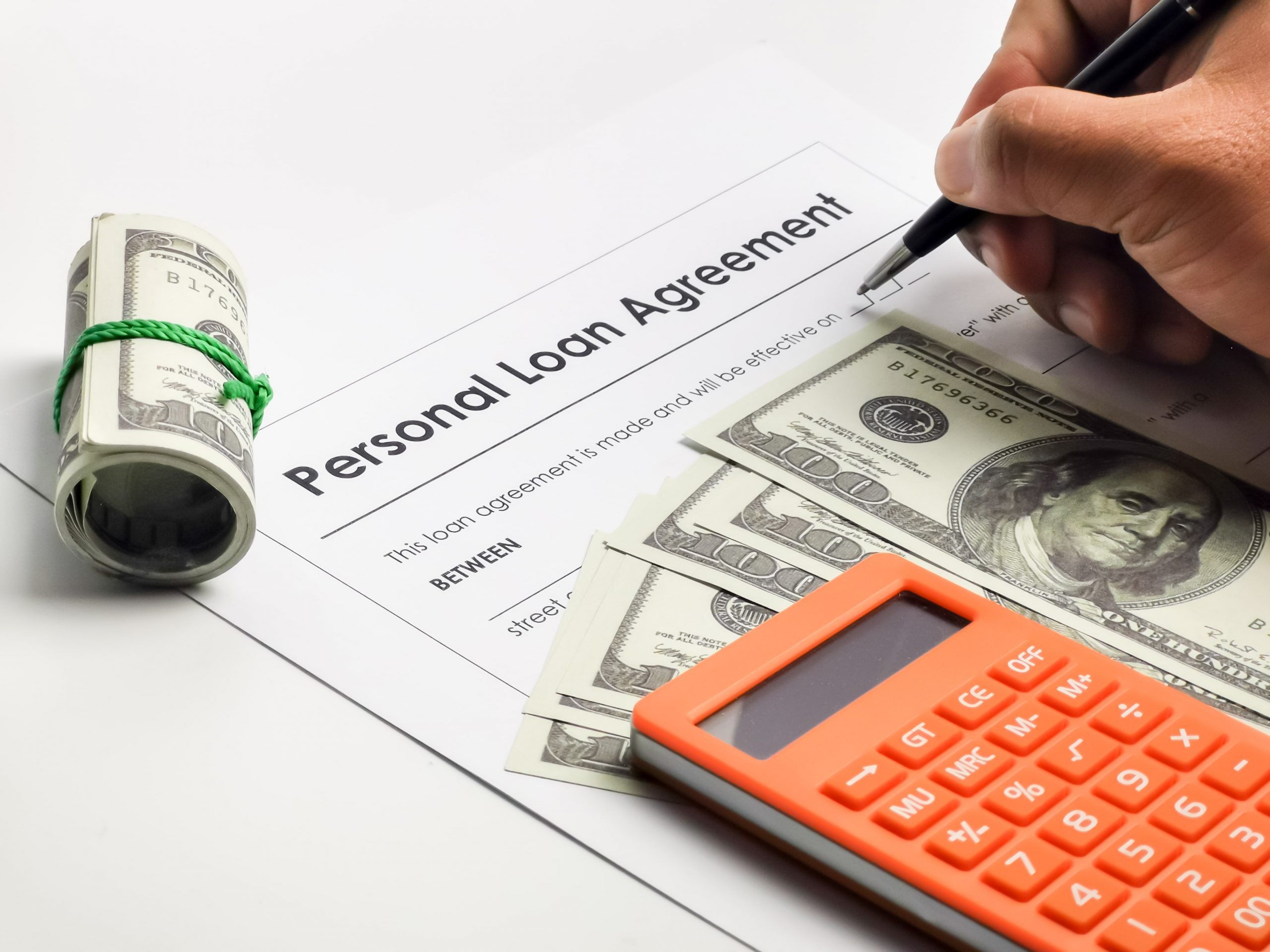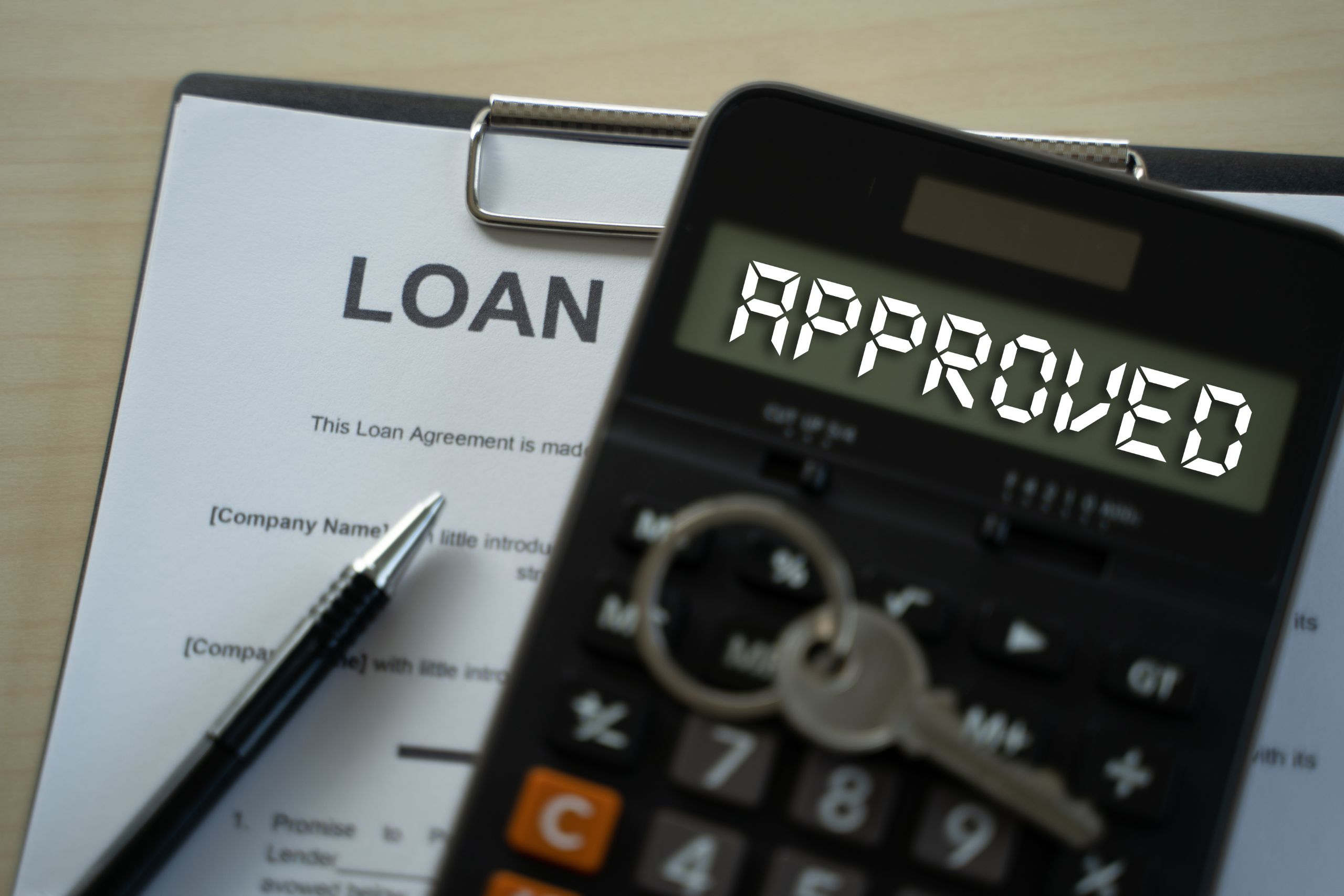Personal loans are a type of unsecured credit that allows you to borrow a large amount of money and pay it back in fixed-rate monthly installments. These loans are a great way to access a lump sum of cash, and are often used to cover expenses such as home renovations or medical bills.
You can apply for a personal loan with most lenders. These include online and traditional banks, credit unions and other financial institutions.
Lenders will typically review your application to ensure you meet eligibility criteria, including your credit history and debt-to-income ratio. A higher credit score generally means a lower interest rate and loan term.
Some lenders may require you to put down collateral as a security. This is typically in the form of a house or car, although you can also use other assets like cash. If you don’t repay the loan, your lender may seize that asset to recoup the loan amount.
In general, it is best to choose a personal loan that has a fixed rate and repayment terms. These will help you avoid surprises and make sure you’re getting the best deal on your personal loan.
When choosing a personal loan, it’s important to compare interest rates and APRs (annual percentage rates). You can use a lender marketplace service, such as LendingTree, to shop around for the best offer.
Once you’ve chosen a lender, you can complete an official application to verify your identity and address. This will usually involve submitting your social security number and supporting documents, such as a recent utility bill or bank statement.
Your lender will then provide you with an approval letter. This will contain a list of details about the loan, including the interest rate, the loan term and any fees or charges that are associated with the loan.
You can also ask for a copy of your credit report from the three major reporting agencies, Equifax, Experian and TransUnion. This will give you a better understanding of your credit standing, and help you spot and fix any errors or omissions.
After reviewing your credit report, you can then start the process of applying for a personal loan. Depending on your financial situation, you may need to submit a variety of documents, such as pay stubs and tax returns.
Many lenders will also require you to sign a loan agreement, which outlines the details of the loan, including the interest rate and how much you’ll have to pay each month. You can then sign the agreement electronically or in person at the lender’s location.
Once your application is approved, the lender will issue a check or other funds to you. This can be as fast as an hour, or it could take several business days.
If you’re not satisfied with the terms of your loan, you can always refinance it or change the loan to one with a more favorable term and interest rate. It’s best to compare offers from a few different lenders before deciding on a loan.




